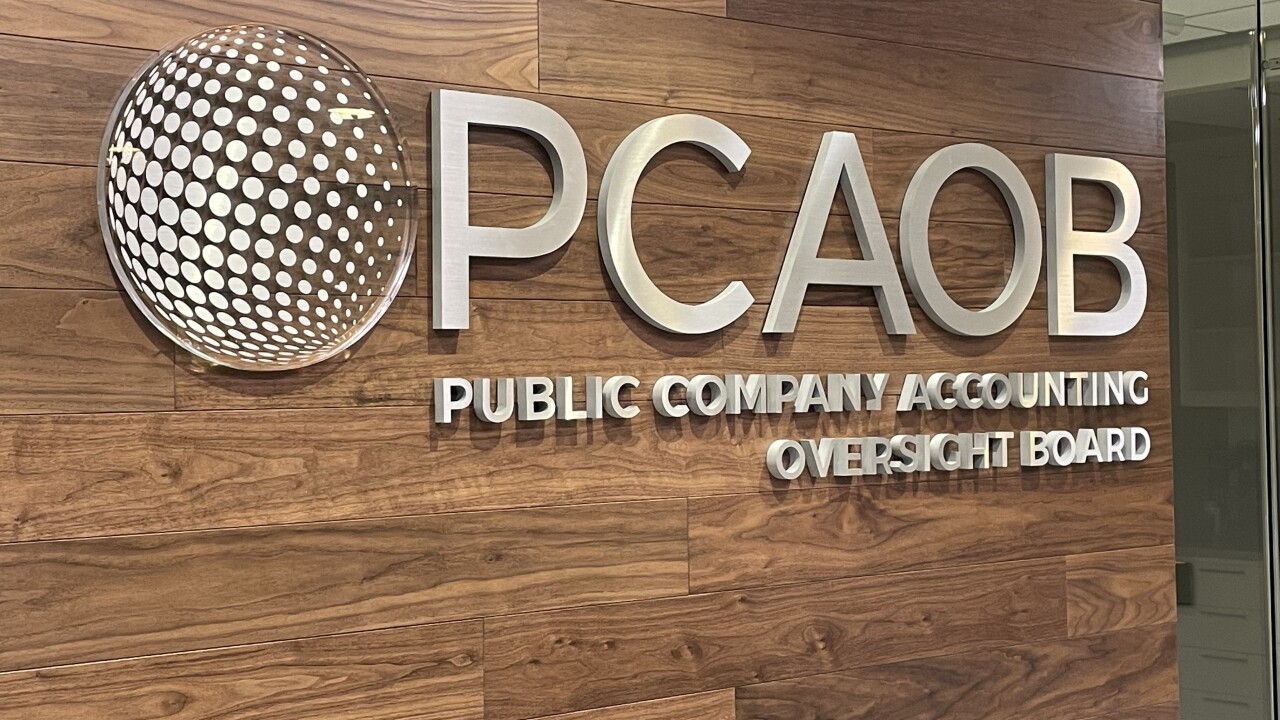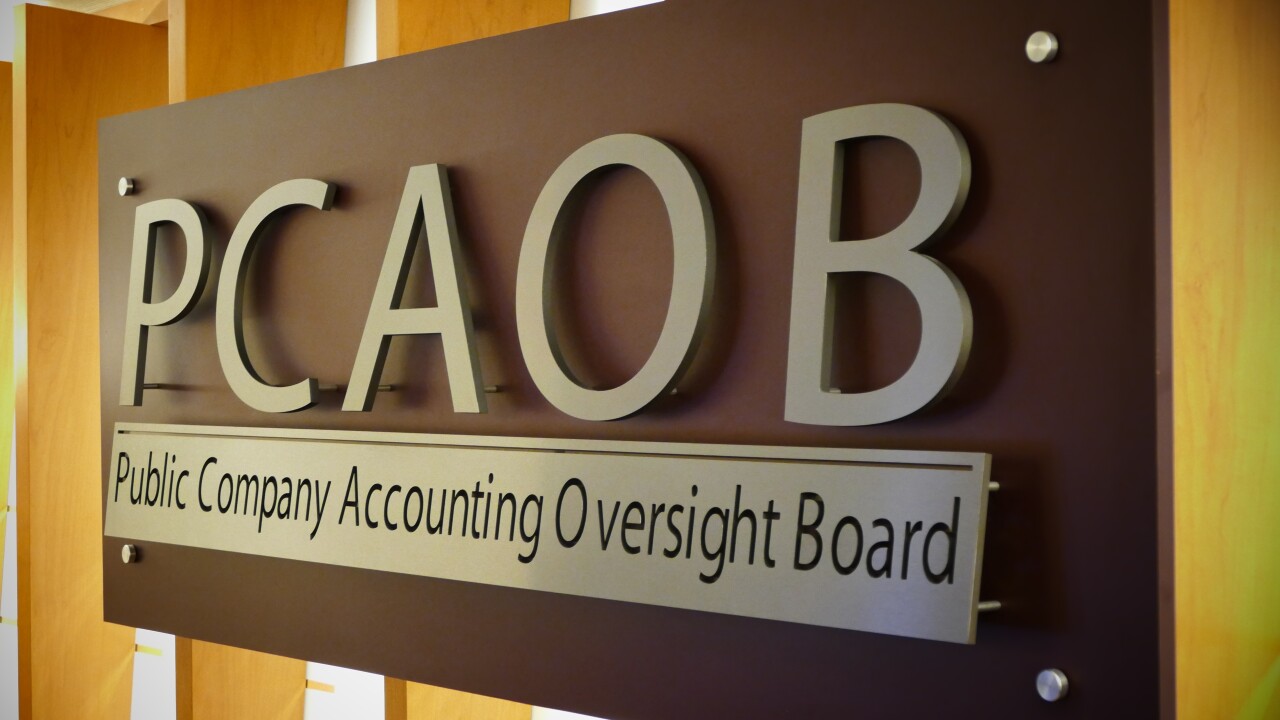The International Accounting Standards Board added new disclosure requirements with the goal of improving the transparency of supplier finance arrangements and their impact on a company's liabilities, cash flows and exposure to liquidity risk.
The new disclosure rules come in response to investors' concerns that some companies' supplier finance arrangements are not sufficiently visible, hindering investors' analysis.
The amendments also supplement requirements already present under International Financial Reporting Standards and require a company to disclose for their supplier finance arrangements a number of items, including the terms and conditions; the amount of the liabilities that are part of the arrangements, breaking out the amounts for which the suppliers have already received payment from the finance providers, and stating where the liabilities sit on the balance sheet;
ranges of payment due dates; as well as liquidity risk information.
"The new disclosure requirements will make visible a company's usage of supplier finance arrangements and allow investors to make better-informed investment decisions by demonstrating how that usage has affected the company's operations," said IASB chair Andreas Barckow in a statement Thursday.

Supplier finance arrangements are often referred to as supply chain finance, trade payables finance or reverse factoring arrangements.
The amendments, which affect IAS 7 Statement of Cash Flows and IFRS 7 Financial Instruments: Disclosures, will take effect for annual reporting periods starting on or after Jan. 1, 2024.
For more information, the IASB has posted a





